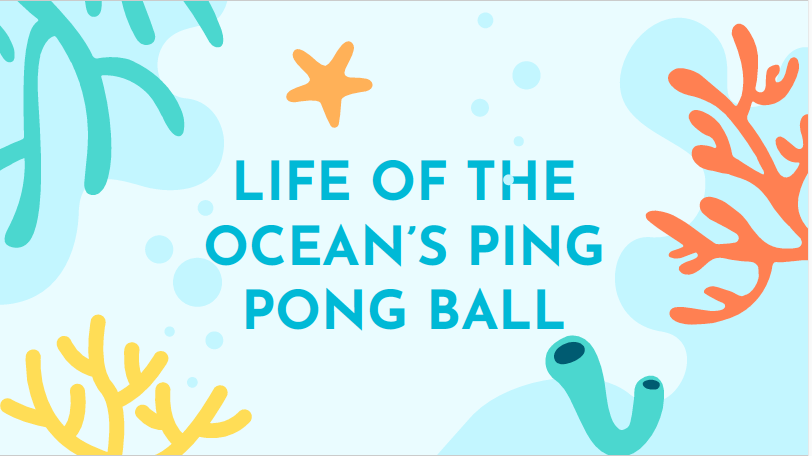
Hello Everyone. I want to tell you a story about a kind of fish that are cute, bizarre, chubby and have made some amazing adaptations to the environment they live in. They have many nick names, one of them being “the ping pong balls of the ocean”. To tell the story better, I interviewed one of them. This is a Pacific spiny lumpsucker, his name is Tom.

They can be found stuck to substrate in cold, coastal waters from Northern California to the Alaska and in Japan. Here is a travel plan that Tom kindly shared with me. He will be visiting his friends all around the world, fortunately their travel is not limited by COVID.
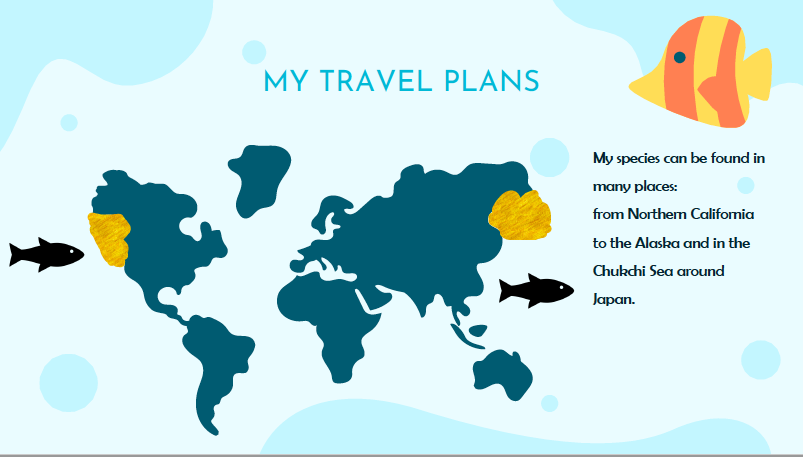
Let’s start from the very beginning of a lumpsucker’s life, birth. Tom told me that he doesn’t know his birthday but was likely born between July and October. Before his birth, his father went to shallow waters ahead of time to prepare the nests that he will fertilize. Like many species of fish, fertilization of lumpsucker is done externally. His mother later came to the nest and laid around 200 eggs into rock crevices accompanied by the father. After the mother laid the eggs, she said, “my job here is done” and went back to the single life while the father sticks faithfully beside the clutch of eggs for 3-8 weeks, protecting and aerating the eggs. So yes, Tom was raised by a single father. He was born a well-developed juvenile who was ready to eat after just a few days.

Pacific spiny lumpsuckers have a wide range of habitats as long as there is access to sturdy surfaces that they can attach to. They are often found in shallow bays and around docks. However, they can venture into as deep as 146 meters, pretty impressive for such a tiny fish. Some common places you can hang out with Tom is eelgrass beds, rocky kelp forests and algae in rocky areas.
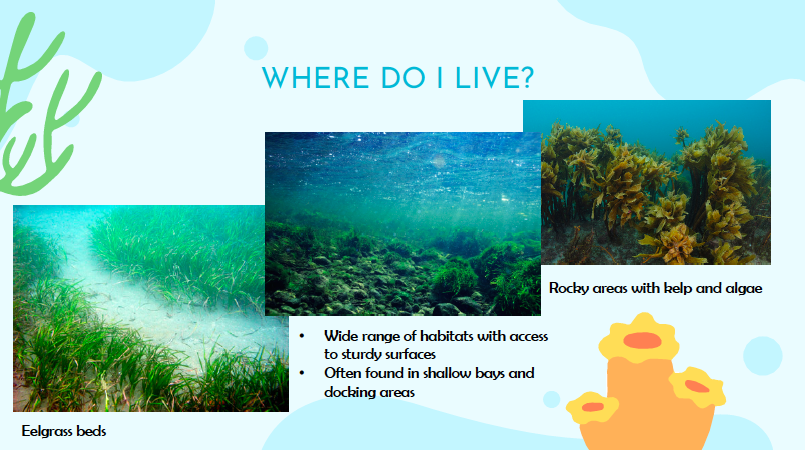
After some good chats with Tom, he told me about some of his body image anxieties. I don’t know if you can tell, but lumpsuckers are quite different from other fish. For example, instead of scales, they are covered in plate-like structures with spiny lumps. He is also troubled by his size as common length of lumpsucker is only 1-3 inches. They have tiny fins and no swim bladder of any kind. So they are kind of an awkward slow swimmer. Last but not least, they have fringed suction disk on their stomach that has evolved as a modification of their pelvic fins. They are one of a kind for sure but we humans find them so cute and amusing. They are loved by scuba divers, since they cannot resist the temptation of food and will eat from people’s hands
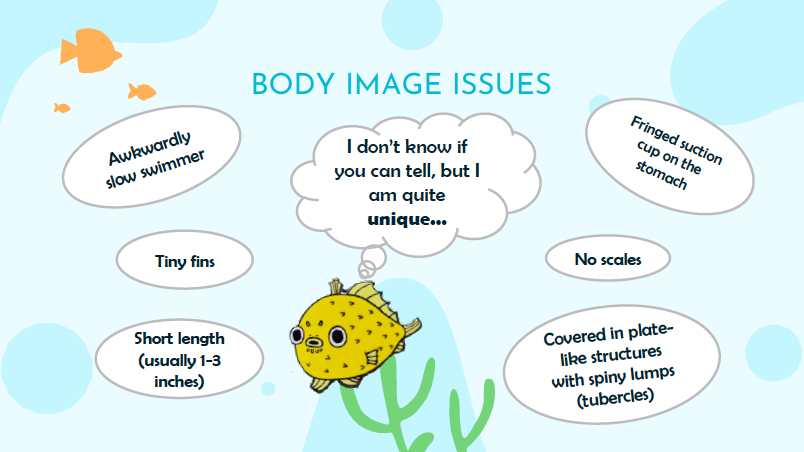
After our chats, Tom kindly offered me some of his food, in which I politely turned down. But I did take a good look at it, lumpsuckers mainly prey on small worms, mollusk and crustaceans.
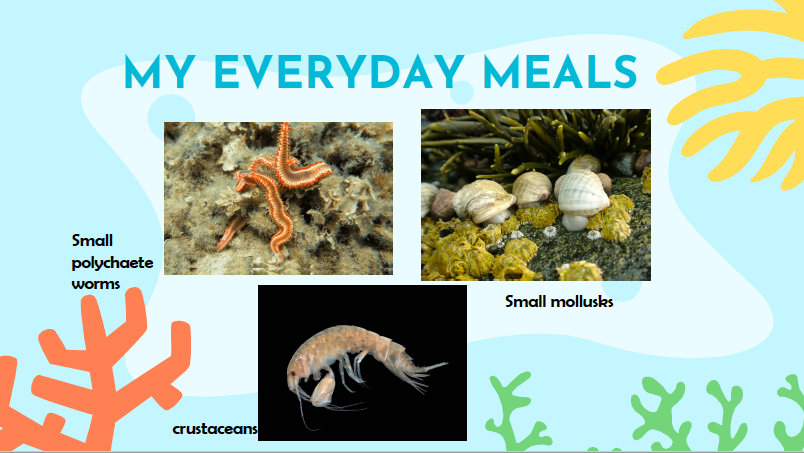
Even though lumpsuckers are so cute and look so innocent, they face some threats as well. Tom was telling me about these large scary fish that would chase them and eat them like the pacific cod and sablefish. It’s the worst nightmare told to every young lumpsucker. Regarding threats related to human activity, lumpsucker’s conservation status needs to be evaluated. The ICUN status for pacific spiny lumpsucker is “not evaluated”. However, they are impacted by habitat loss and climate change just like many other marine lives. Since they usually live-in shallow water, they could be vulnerable to sea level rises and increase in water temperature. There are also some evidence suggesting that their population is declining due to commercial fisheries and trawling. There are lumpsucker cavier so sometimes they are fished for
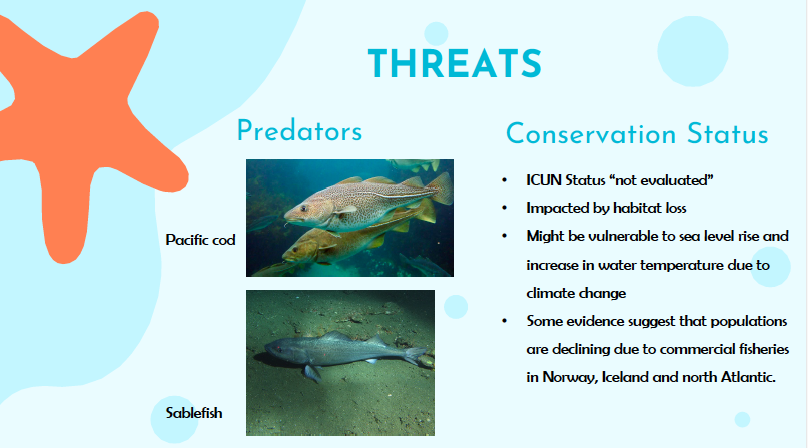
Tom decided to share a few words with us at the end of our chat. The first thing he wanted to say is he doesn’t make very good pets. Lumpsuckers naturally live in very cold water along the coast. Keeping them will require a lot of effort to reduce water temperature, which cannot be done with common chillers at home. They also need a lot of enrichment. Even though they are available to get, it might be better to just visit an aquarium where they have better equipment and can take good care of them. He also asked us to look at the impact of human activities on his homes. They live along the coast, where habitat destruction is the most severe. Fisheries practices like bottom trawling is destructive to the habitat.

So what can we do to help? Tom gave us a few advices. The first is to talk about marine life that are being impacted by various human activities. Using our voice and political power to raise awareness will always be beneficial. If people or corporations don’t see the impact of their action’s, no change would be made. Understanding the impacts of various fishing practices is also important, which is a lot of what we are doing in this class. Afterwards, it is even more important to apply the knowledge we learned and try to make a difference. Tom said that he is optimistic of the future and cannot wait for it to unfold. And maybe we will see him again!

 icons at the top right corner of the subsection.
icons at the top right corner of the subsection.